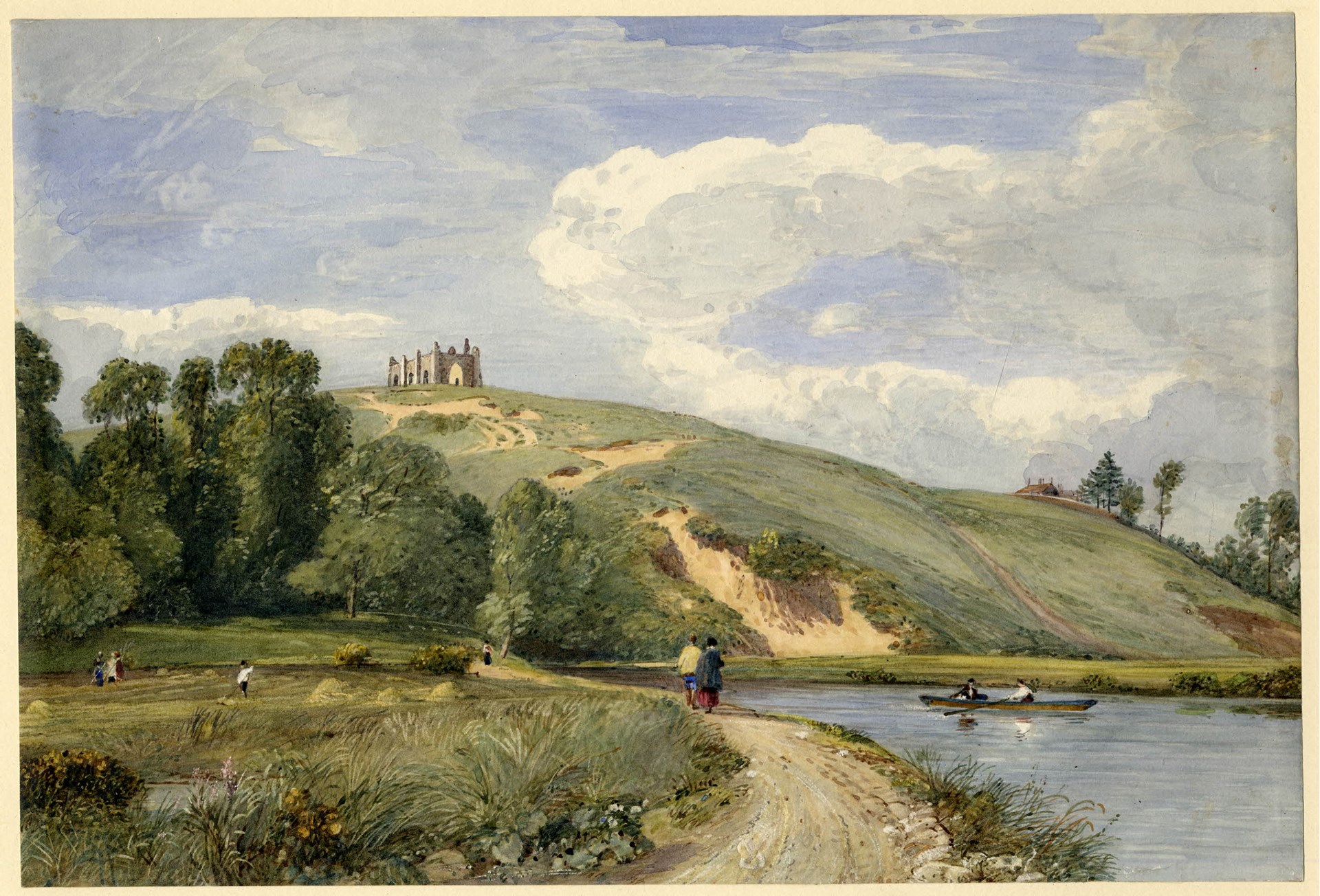St Catherine's Hill
The medieval cave shrine.
You may have heard of the discovery of a medieval shrine during the work to stabilise the railway cutting on St Catherine's Hill. Here is a Youtube video explaining its significance:
Images of St Catherine's Hill
St Catherine's Hill has long been a source of interest to historians and artists. Here are some nice images:


